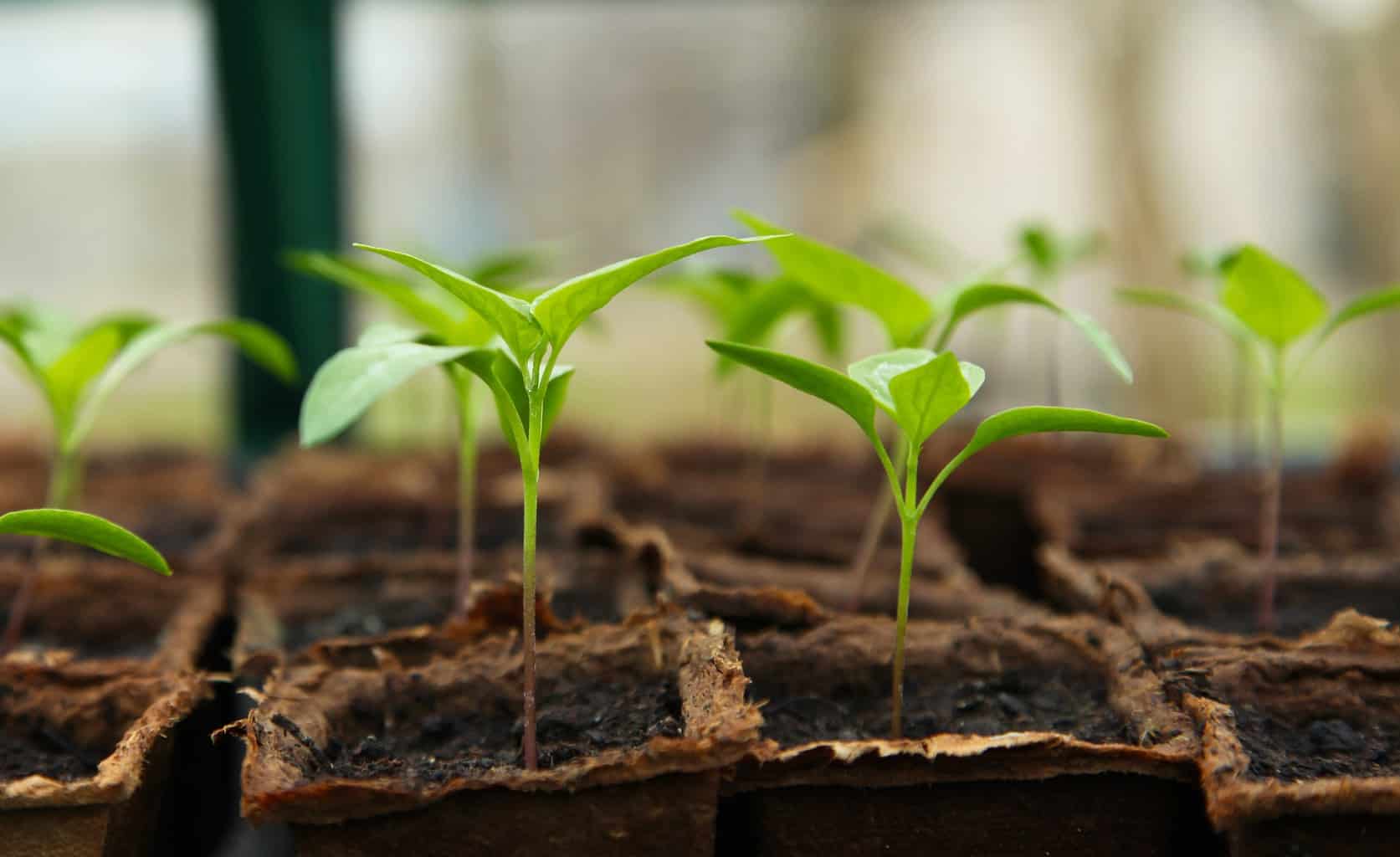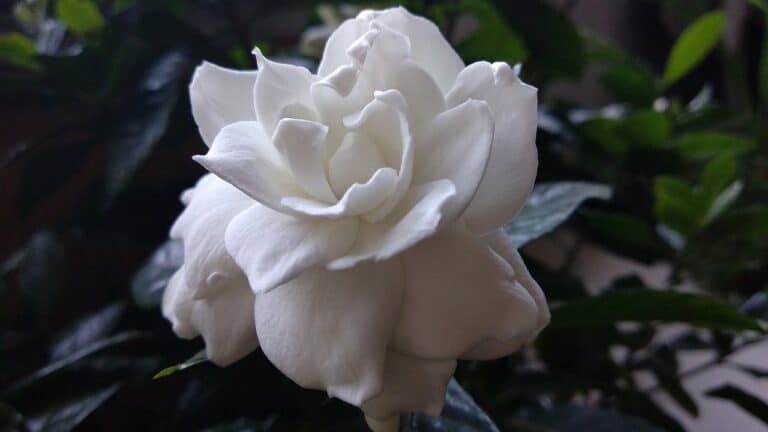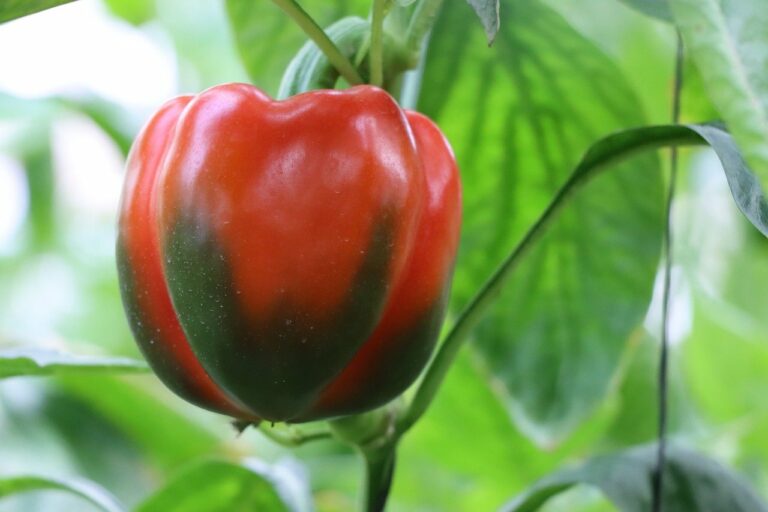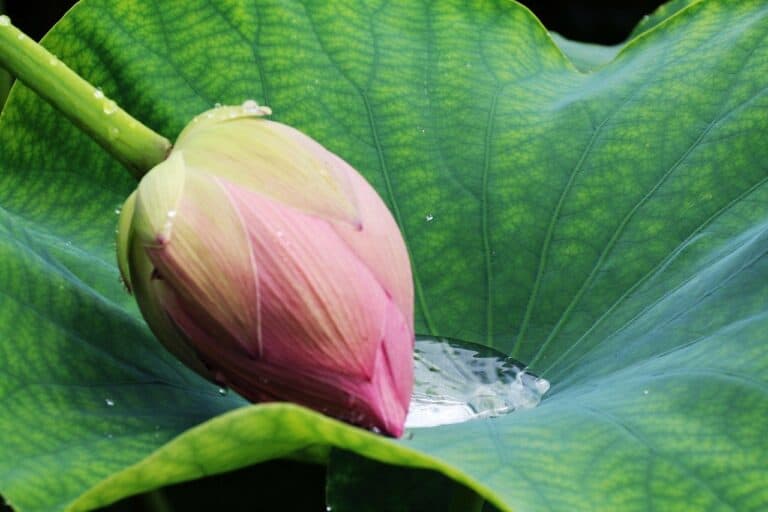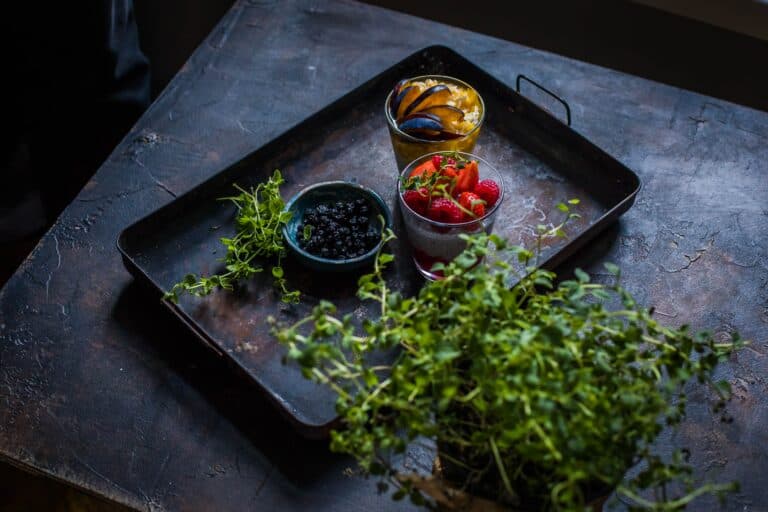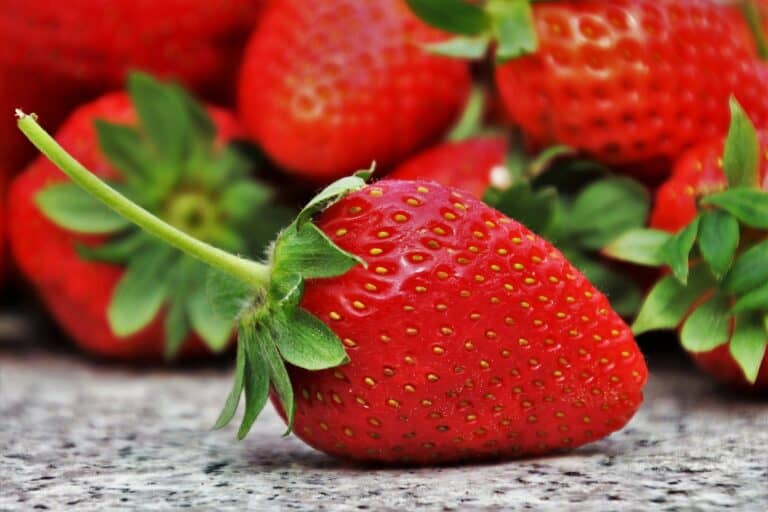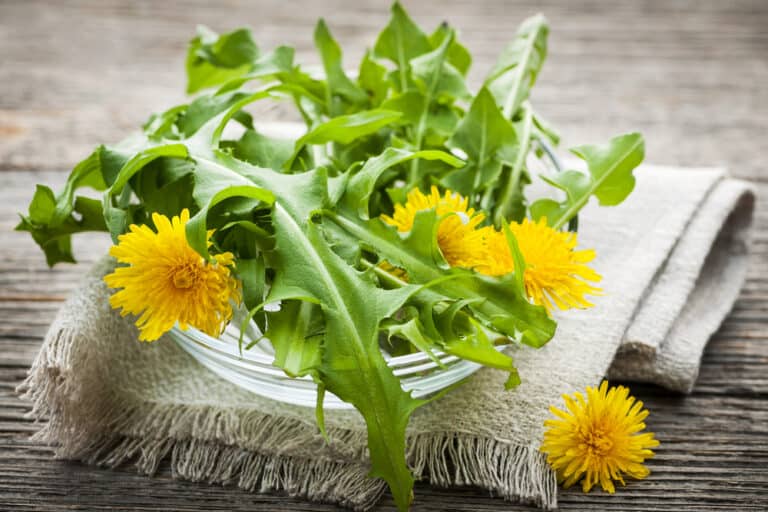Do not look for a beautiful place; instead, make your home beautiful by starting an indoor garden.
As the winter approaches, gloom lingers over many because winter means no more gleeful, bright-colored flowers or fresh summer vegetables, fruits, and herbs.
But, what if we tell you that you can enjoy your favorite food all year round without even having to run to the grocery store or even spend any money on it?
Table of Contents
How To Start An Indoor Garden
Yes, you read that right! Just by starting your own mini indoor or home garden, you can plant whatever you want and whenever you like! Not only does the indoor garden provides you with fresh, organic food, but it makes your place look aesthetically pleasing while cleansing the aura and purifying the air around you!
However, as they say, learning is the key to success. Hence, it is essential for all budding gardeners, hobbyists, and enthusiasts to learn how to start an indoor garden. Although starting with the basics, indoor gardening can be fun and straightforward yet fruitful for beginners only if they have the proper knowledge about it. Because you know,
Gardening is no science, yet it is full of experiments.
Before we begin to learn how to become an indoor gardening expert, a question might start nagging some of you, why choose indoor gardening?
Here is why
Gardening is emerging as a new hobby, especially during the pandemic when people are locked inside their homes and have nothing to do. But, not everyone enjoys the privilege of having an outside space to plant a garden, so starting their indoor garden even with two pots of their favorite plants at the corner of the kitchen counter or on their patios is a blessing.
The indoor garden allows you to have greenery around you that may act as a stress buster, soothing the mind and soul alike!
Managing an indoor garden financially and manually is very easy, requires less effort, and allows you to dedicate an area to yourself; hence those tiny indoor houseplants are a win-win!
Things That You Should Know Before You Start An Indoor Garden
Initially, starting your home garden requires thorough planning and a little investment with a lot of effort because “as soon as you start working on a garden, the gardening wonders start working on you!”
Hence, let us get you started with your indoor garden!
How Can You Build a Fruitful Or Should We Say A Vegetable-full Indoor Garden?
These are some steps to take:
- Set up A BUDGET:
Not everyone can spend thousands of dollars to buy gardening tools and supplies; therefore, spend only as much as your pocket allows you. However, once you set your budget and have a plan, it is time to put it into action because words are nothing unless put into action.
- DECIDE A PLACE THAT YOU WILL BE TURNING INTO AN INDOOR GARDEN:
The gardening supplies and the number of plants will depend on the size of your garden. The gardening place can be as small as the pot on your patio, a plant stand by your windowsill, or as big as a greenhouse. In any case, the basic needs for starting an indoor garden remain constant:
- An adequate amount of light: every one of us has studied that plants need sunlight to survive and prosper in our primary science classes. Hence, the basic rule remains the same, the place should allow natural light to reach the plant, a south-facing window is the best option, but either east or west-facing window will be good enough as it will allow direct sunlight to reach your plant while the sun rises or sets. But if you are deprived of natural light, then get an artificial grow light such a fluorescent bulbs, that will work just fine.
- Get a place away from your pets and kids: you do not want anybody ruining your plants, they are fragile, and some can be highly toxic. Therefore, decide a place where pets and children cannot reach.
Roll your sleeves up and get going once you have got your place dedicated to indoor gardening!
Gardening Supplies
Now, as a beginner, you may find yourself in a nook as to what things you need. So here is all you need to know: Planting trays, pots, and containers: You need something to grow the plant into, right?. Whatever you decide, make sure that they can contain the soil well and have drainage holes so that proper aeration can help the ground and the roots thrive.
The size of your pot or container depends on the type of plant you are growing. For example, if you are developing a herb like cilantro or parsley, a 10 inch deep and wide pot would be sufficient, while a plant growing a vegetable like potatoes requires large banks, up to 16 inches or 10 gallons at least.
So choose your plants wisely and according to your indoor gardening space.
Seeds or pre-potted plants (seedlings): Nowadays, tiny plants are available in the nurseries, from where you can buy them and just re-pot in your planting containers. Or else, if you are genuinely into gardening and ready to do some digging, get the seeds of your favorite food and plant them.
It would help if you had your growing medium; obviously, I mean “soil”: Unless you are planning to grow particular kinds like aeroponics or hydroponics, you can quickly get an organic “soil mix” for the vegetable, fruit, or herb that you want to grow, in the market. Just make sure that you do not bring random outside soil for your indoor garden as it may contain many harmful pests and insects.
Get an artificial growing light if the natural source is not possible: Although it would be best to have sunlight reach your plants if that is not the case, get LED lights or fluorescent bulbs and place them near your indoor plants. The advantage of these growing lights is that you can control the intensity of light required by your plant.
Watering cans and a water mister: How is the plant supposed to grow if you do not water it? That is right, get the essential equipment – the watering can to hydrate your plants. In areas with a lack of humidity, the plants may lose their moisture. Therefore, get a water mister to mist the leaves and the roots now and then to avoid under-or over-watering.
Fertilizers: Your soil needs its food, too; get the organic one! Fertilizers help your soil retain its nutrients and allow nitrogen fixation in the ground.
It would be best not to miss out on the gardening tools: Your plants will require hoeing, pruning, and trimming once the growing season hits in. All the dead parts of the plants, shoots, roots, stems, and leaves need to be cut, and soil needs to be pulverized; therefore, get yourself some gardening shears, shovels, etc.
Plant trainers (supports): If you plan to grow vegetables or fruits like tomatoes, cucumber, melons, or grapes, keep in mind that they can either grow really tall or very bulky; hence they need something to take support on. You can use wires to wrap their branches around trainers.
Thermostats and humidifiers: plants cannot survive the drastic changes in temperature or lack of humidity, so you need your indoor garden temperature to an optimum level according to your plants. Most plants prefer a temperature range of 60-75 degrees Fahrenheit with an average humidity of up to 50 %.
Now that you have your place and the indoor gardening supplies, all you need to do is grow your houseplants. The indoor garden gives you the leverage of increasing anything you want if you know the right temperature and humidity conditions for them. You can have the off-season, organic food coming from your home garden, always on your kitchen counter!
Once you know how to start your indoor garden, your mind might incite you to when the right time for you to begin with is?
The answer is simple, once your mind, place, and supplies are ready, that is the best time for you. But, first, you need to commit yourself to the garden because once you start, it never ends. Maintenance and care are the keys to making your eyes and taste buds enjoy the benefits of a blooming indoor garden.
Whether you build an indoor garden for your favorite herbs, vegetables, or fruits, the basic knowledge about how to do it remains the same.
The most popular plants to grow in your indoor garden are:
- Tomatoes, potatoes, radishes, beets, hot peppers, cucumbers, grapes, melons, oregano, parsley, basil, etc.
- Even if you do not plan to grow any food in your garden yet still want to have a beautiful, green sight for your eyes, you can always sow flowering plants in your indoor garden that will liven your house with its beauty and smell!
NOW THAT YOU KNOW, START DIGGING UP THAT SOIL; YOU HAVE PLANTS TO SOW!
What are you waiting for now? You do not have to be a gardening expert or a farmer to have your indoor garden, and you need to be intelligent and hardworking!
Always remember, gardening helps to add years to your life and life to your years, so there is no loss in starting your indoor garden!


